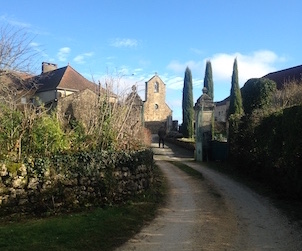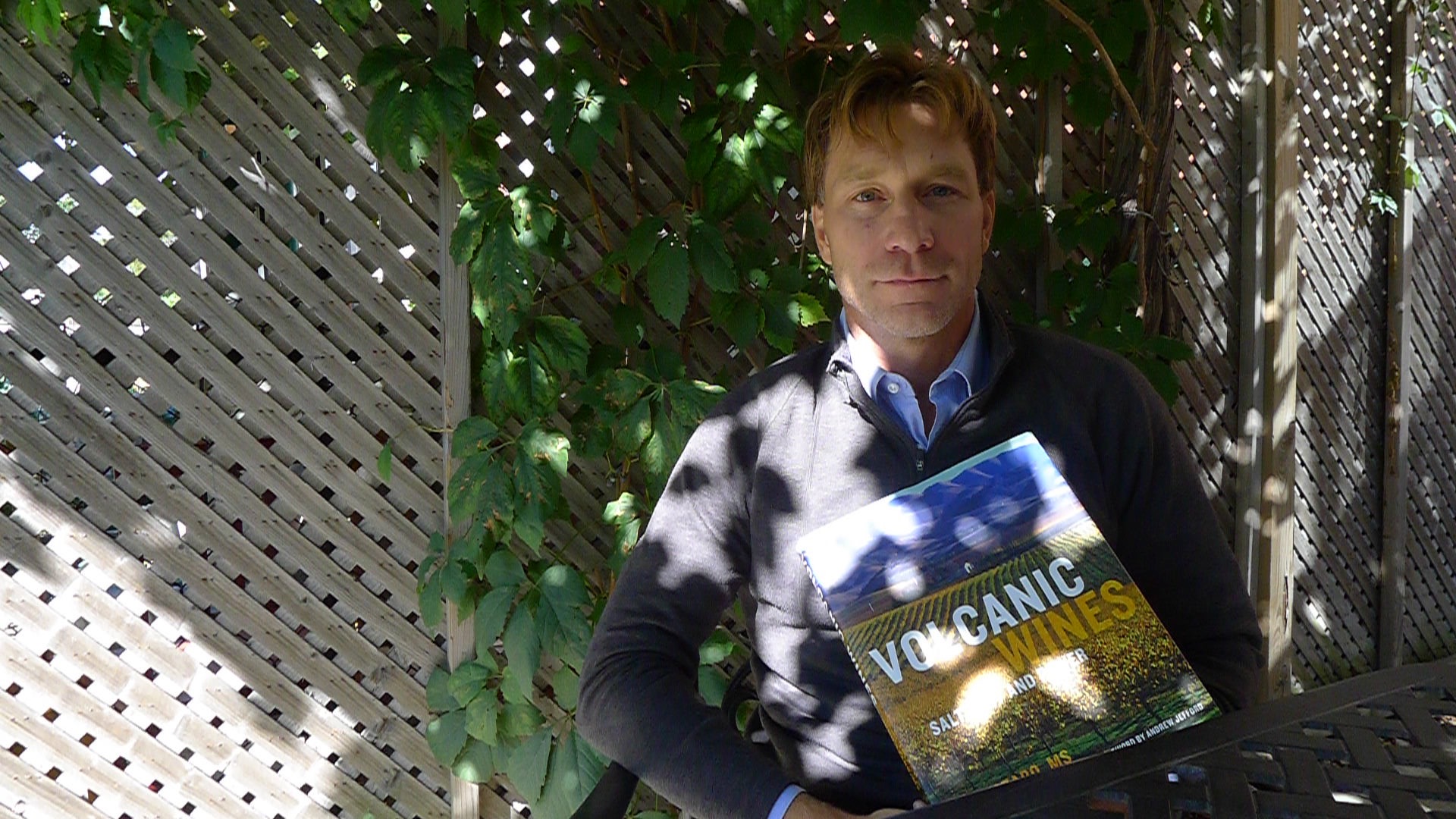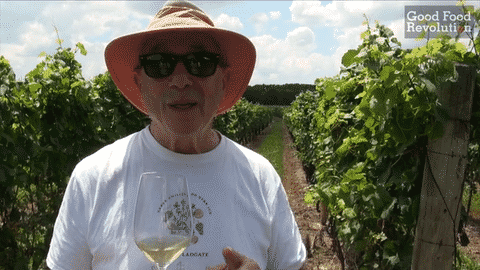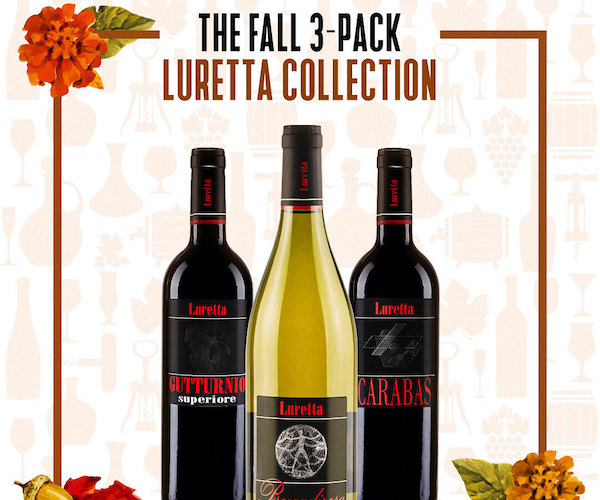Malcolm Jolley finds a new spirit in the old hills of Cahors.  The wine region of Cahors was hit, in the late 19th century, with a double whammy of bad luck. Like all of Europe, phylloxera decimated its densely planted vines. But unlike most other wine growing regions, Cahors fell victim of colonialism, albeit in a roundabout way. Wine made in Cahors, including its famous black wine made from Malbec, was traditionally floated down the Lot River to the Garonne to be mixed into Bordeaux. This role was replaced by the wines from Algérie française, and then, after Algerian independence in the 1960’s, from the Languedoc. Through most of the Twentieth Century Cahors languished, and where there are now forested hills surrounding the River Lot there were once vineyards as far as one could see.
The wine region of Cahors was hit, in the late 19th century, with a double whammy of bad luck. Like all of Europe, phylloxera decimated its densely planted vines. But unlike most other wine growing regions, Cahors fell victim of colonialism, albeit in a roundabout way. Wine made in Cahors, including its famous black wine made from Malbec, was traditionally floated down the Lot River to the Garonne to be mixed into Bordeaux. This role was replaced by the wines from Algérie française, and then, after Algerian independence in the 1960’s, from the Languedoc. Through most of the Twentieth Century Cahors languished, and where there are now forested hills surrounding the River Lot there were once vineyards as far as one could see.
Things began to pick up in the 1980’s for the region as modern winemaking came to bear. Established houses like Château Lagrézette, Château du Cèdre, Château la Reyne, Clos de Gamot and Domaine du Prince began to get noticed by the wine press. Cahors’ “black wines” are famous for their tannins and ability to age, though the new style toned down the tannins (or so I have been told), the wines made in a more or less traditional style in Cahors remain powerful and rich in plummy fruit.
But then another crisis took. This was more of an identity crisis as cheap Argentine wines became synonymous with the Cadurciens’ very own grape, Malbec. This led some producers to try and emulate the Argentine Malbec success in export markets by trying to make a more extracted and higher alcohol New World style wine and, for the first time, the labels from Cahors began to advertise the varietal they were made with.
This winter, I went to Cahors for two days of intense tasting and touring as a guest of the Union Interprofessionnelle des vins de Cahors. I was curious to see the region, which is not quite Atlantic and not quite Mediterranean. (The Carduciens say it’s both, with Mediteranean winter and an Atlantic summer.) I discovered the red wines of Cahors as a young man in my 20s. They seemed to me to be a well priced alternative to Bordeaux, which I couldn’t afford. To this day, I’ll keep my eye out for one on a wine list or check to see if there’s one or two in a Vintages release, to go with a steak or roast beef. What I found was really interesting. Not only was there something of split among Cahors producers between Old and New World styles, there were (and are) in Cahors two distinct terroirs.
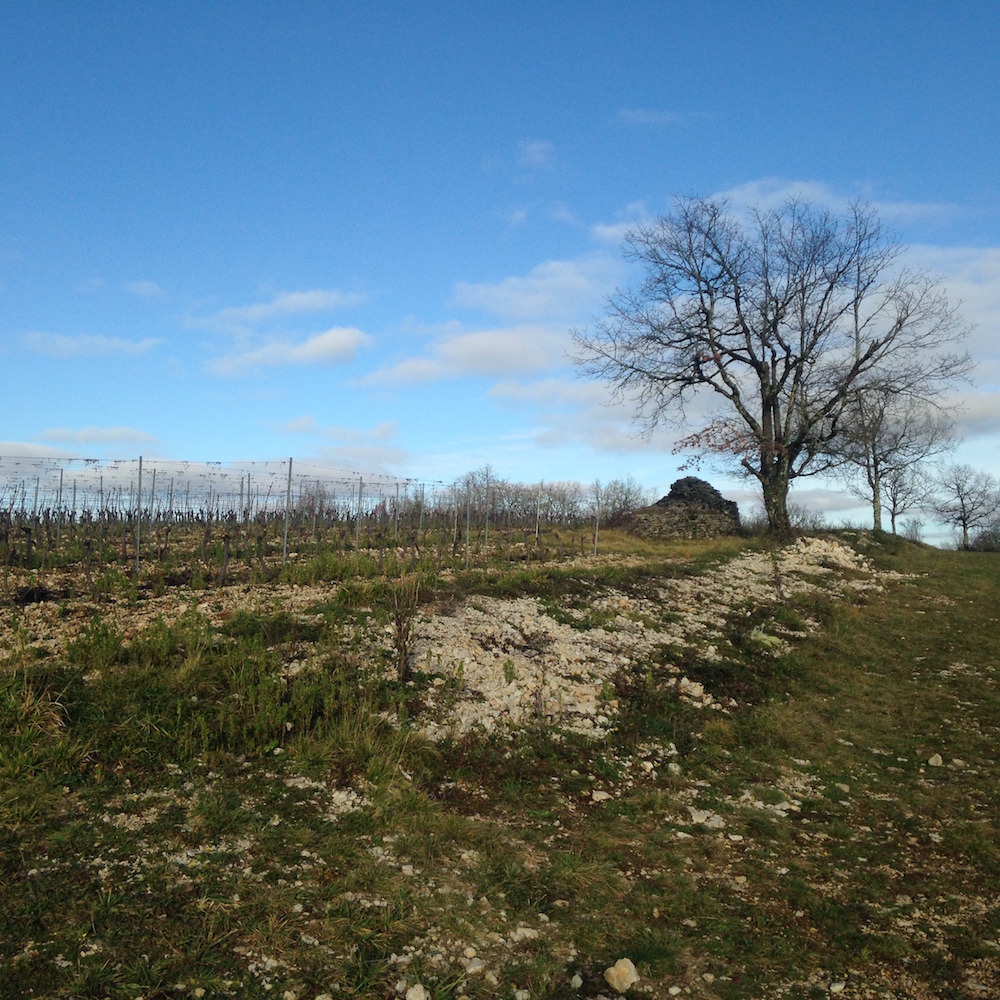
The region surrounds and extends down river from the Medieval town of Cahors, which still has a splendid towered bridge spanning the Lot. I’m not sure how land was used in ancient times, whether the rich soils in the “terraces” around the river were used for agriculture or viticulture, but by the mid-19th century, when the vine was planted everywhere, the vignerons appreciated that yields were higher in the softer soils by the water. After the disaster of phylloxera, these areas were the ones that tended to be replanted, and the wines seem plusher and softer than from Cahor’s other terroir. The producers in the terraces are often established; they are the survivors.
The other wine growing terroirs are found in the highlands in the hills that surround the river valley. Called the “Causses” these lands are hard scrabble soils on beds of limestone. They are just the sort of soils that vignerons will tell you make wines with “minerality”, and in my experience often do. Producers there divide into two groups. The first group include many, if not all, of the houses mentioned above, and grow vines on land that surround castles. One builds one’s castle on high ground after all. (Domaine du Prince is in fact owned by the Prince of Denmark, a local boy who married well.) They a sort of the unofficial Grand Cru of Cahors. The other group are, from what I saw and tasted, a new guard who are reclaiming land for viticulture and often making wine in organic or bio-dynamic or natural or non-interventionist ways that suit the tastes of the current wine cognescenti in Paris, or Montreal.
In my next post on Cahors, I’ll write about some of the people I met and wines I tasted in Cahors. In the mean time, there are two Cahors wines available currently at the LCBO Vintages, both from the limetone causses highlands. The Château Lamartine Cuvée Particulière Cahors 2011 ($26.95 – LCBO# 441238) is still young with firm tannins but full of spciy fruit and the quality the French sometimes call animale. The Clos Troteligotte K-or Malbec 2014 ($18.95 – LCBO# 299982) is a play on words. (“K” in French is pronounced “kah”, get it?) It’s also a play on new and old Cahors winemaking, as it is fresher and fruitier than many. In Cahors, I picked it out of a big blind tasting as a pleasant outlier, though here, and in isolation, I find much traditional Cahors flavour: blackberries and plums and a bit of smoky, peppery something.
 Malcolm Jolley is a founding editor of Good Food Revolution and Executive Director of Good Food Media, the company that publishes it. Follow him on Twitter or Facebook.
Malcolm Jolley is a founding editor of Good Food Revolution and Executive Director of Good Food Media, the company that publishes it. Follow him on Twitter or Facebook.

